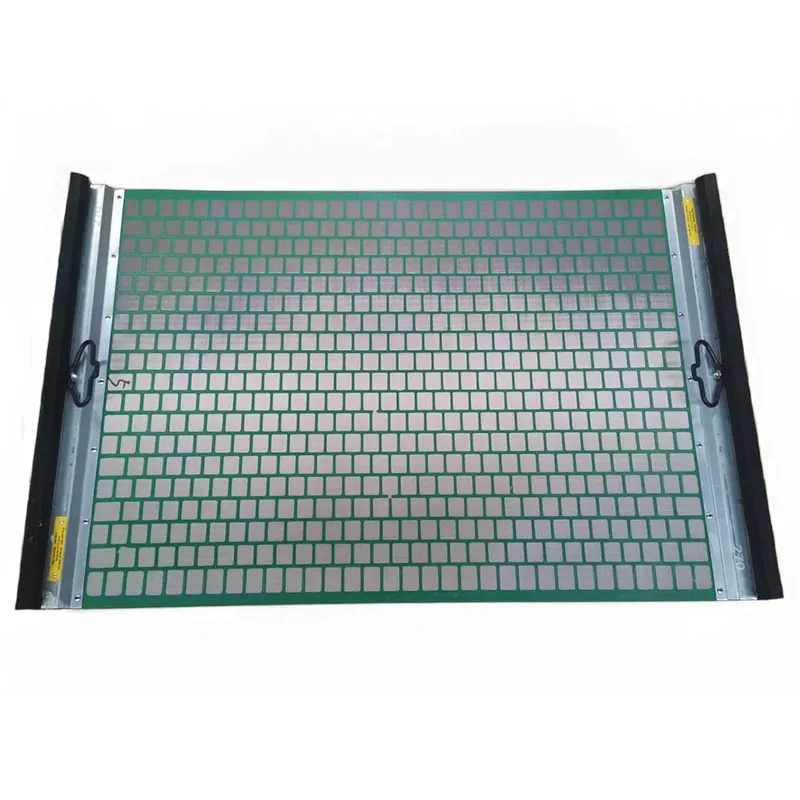- Industrial zone, South of Anping Town, Hengshui, Hebei, China.
- sales@hfpetromesh.com
- +86-18931809706
Metal Bar Grating Solutions for Enhanced Durability and Versatility in Various Applications
Understanding Bar Grating Metal Applications and Advantages
Bar grating metal is an essential component in various industries, offering reliable solutions for flooring, walkway safety, drainage, and structural support. This versatile material has been a preferred choice for architects, engineers, and contractors due to its strength, durability, and aesthetic appeal. In this article, we will explore the features, applications, and advantages of bar grating metal, shedding light on why it is integral to modern construction and design.
What is Bar Grating Metal?
Bar grating metal is made from a series of parallel bars that are fused together at regular intervals, creating a grid-like structure. The spaces between the bars are designed to allow for the passage of light, air, and water, making it an ideal solution for various applications. The bars can be manufactured from different materials, including aluminum, steel, and stainless steel, each offering unique properties suitable for specific environments.
Types of Bar Grating
1. Steel Grating Often used in heavy-duty applications, steel grating is robust and can support significant loads. It is particularly common in industrial settings where strength and durability are paramount.
2. Aluminum Grating Lightweight yet strong, aluminum grating is widely used in applications where weight reduction is essential, such as in elevated walkways or platforms in marine environments.
3. Stainless Steel Grating This type of grating offers high resistance to corrosion and is suitable for environments exposed to moisture, chemicals, and extreme weather conditions. It is commonly found in food processing facilities and pharmaceutical plants.
4. Fiberglass Grating Though not metal, fiberglass grating is sometimes included in discussions about bar grating due to its similar structures. It is non-conductive, lightweight, and resistant to chemicals, making it ideal for electrical installations and corrosive environments.
Applications of Bar Grating Metal
Bar grating metal serves a multitude of purposes across various sectors
- Industrial Flooring Bar grating provides a safe and stable walking surface in factories and warehouses, allowing heavy machinery to roll over while minimizing the risk of accidents.
- Walkways and Platforms With its open design, bar grating allows for water drainage and prevents the accumulation of debris, making it a popular choice for outdoor walkways, stairways, and elevated platforms.
bar grating metal

- Drainage Systems The grid structure of bar grating enables effective drainage in industrial applications, keeping work areas safe and reducing slip hazards.
- Architectural Features In modern design, bar grating is celebrated for its aesthetic qualities. Architects use it in facades, staircases, and balconies to create a contemporary look while maintaining functionality.
- Electrical and Mechanical Applications Bar grating supports heavy equipment and provides access to maintenance areas, making it an essential component in industrial electrical installations.
Advantages of Bar Grating Metal
1. Strength and Durability One of the primary benefits of bar grating metal is its exceptional strength. It can withstand heavy loads and high traffic, making it a long-lasting choice for various applications.
2. Lightweight Especially in the case of aluminum, bar grating offers a lightweight alternative to traditional materials without sacrificing strength. This makes it easier to handle and install.
3. Versatility With various materials and designs available, bar grating can be customized to fit specific needs, whether aesthetic or functional.
4. Cost-Effective Although initial investment costs may vary, the longevity and low maintenance requirements of bar grating make it a cost-effective choice in the long term.
5. Safety Many types of bar grating come with slip-resistant surfaces and open designs that enhance safety by promoting drainage and visibility.
6. Eco-Friendly Options Some manufacturers offer sustainable bar grating solutions, utilizing recyclable materials and processes that reduce environmental impact.
Conclusion
Bar grating metal is a critical element in the construction and design sectors, providing safety, functionality, and aesthetic appeal. Its applications range from industrial flooring to architectural features, making it a versatile and attractive option for builders and designers alike. As industries continue to evolve, the importance of efficient and reliable materials like bar grating metal will only grow, shaping future innovations in construction and design.
-
The Power of Pyramid Shaker Screen - A 3-Dimensional SolutionNewsOct.24,2024
-
Exploring the Versatility and Durability of Steel GratingNewsOct.24,2024
-
Revolutionizing Drilling Efficiency with Steel Frame Shaker Screens for Mud Shale ShakersNewsOct.24,2024
-
Potential of Shale Shaker ScreensNewsOct.24,2024
-
Offshore Pipeline Counterweight Welded Mesh - Reinforced Mesh in Marine EngineeringNewsOct.24,2024
-
Revolutionizing Offshore Pipeline Stability with Concrete Weight Coating MeshNewsOct.24,2024
